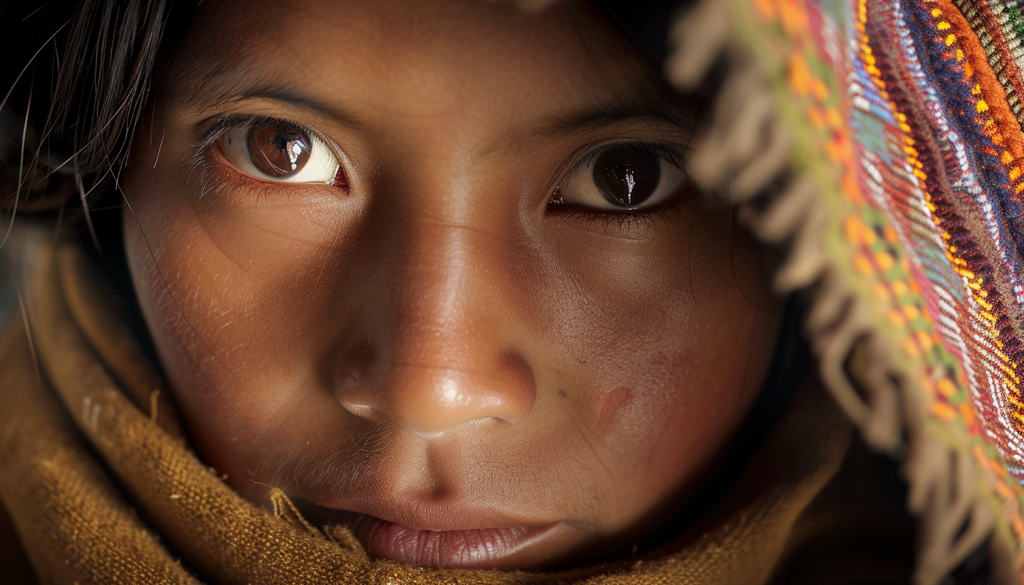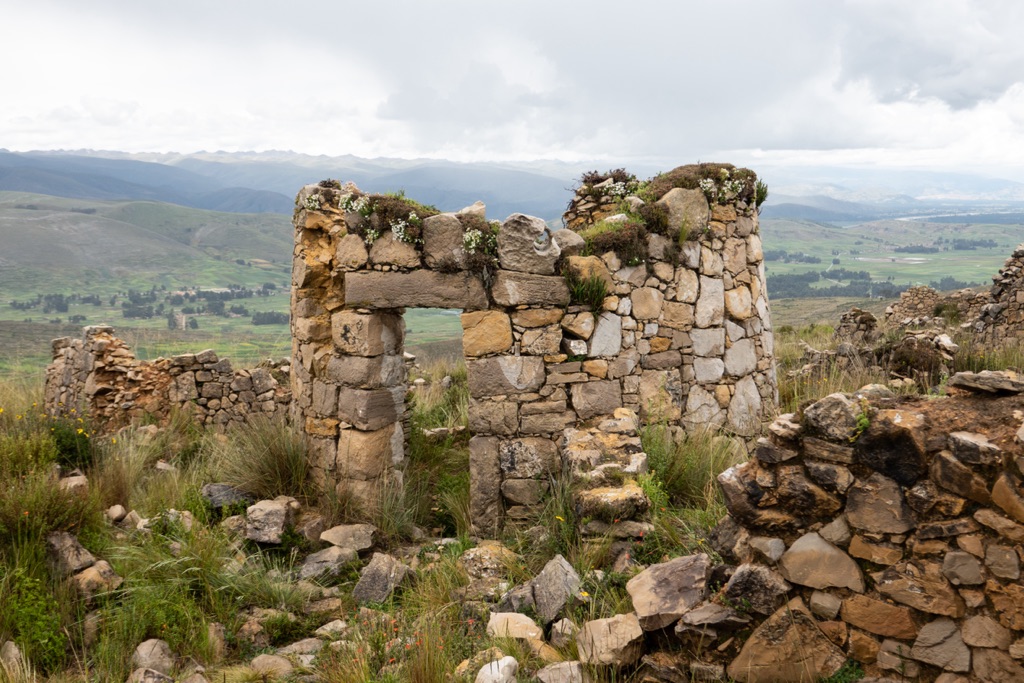Hatun Xauxa, also known as Jauja, is a significant historical site located in the central highlands of Peru. It was once a major administrative center of the Inca Empire, established by Pachacuti Inca Yupanqui. The site is renowned for its strategic importance and its role in the expansion of the Inca civilization. Hatun Xauxa holds a wealth of archaeological evidence, including ruins of buildings, plazas, and other structures that offer insights into Inca urban planning and culture.
Xauxa people

The Xauxa people, an indigenous group native to the central highlands of Peru, have a rich history that dates back to pre-Columbian times. They are primarily known for their significant contributions to the development of Andean culture and their resistance against Inca expansion. Before the Inca Empire’s rise to power, the Xauxa people established one of the early complex societies in the region, characterized by their advanced agricultural techniques, architectural achievements, and distinctive pottery and textile crafts. Their civilization was centered around the Mantaro Valley, a fertile area that allowed them to cultivate a variety of crops, which supported a dense population and the development of urban centers.
The Xauxa were skilled farmers who made the most of the Andean environment through terrace farming and irrigation systems, which enabled them to grow potatoes, maize, quinoa, and other high-altitude crops efficiently. This agricultural prowess not only sustained their population but also facilitated the growth of their society in terms of complexity and scale. Their understanding of their environment extended to their religious beliefs, which were deeply intertwined with nature. They worshipped a pantheon of gods that represented natural forces and celestial bodies, which they believed influenced their agricultural success and overall well-being.
Architecturally, the Xauxa people are noted for their construction of ushnu, ceremonial platforms that played a significant role in both their religious practices and social organization. These platforms were strategically placed within their settlements and were used for various ceremonies, including those related to agriculture, such as rituals to ensure a bountiful harvest. The ushnu, along with other architectural remains found in the Mantaro Valley, provide insight into the social and religious complexity of the Xauxa society.
Despite their advancements and the strength of their civilization, the Xauxa people faced the expansion of the Inca Empire. They were among the early groups to confront Inca aggression as the empire sought to extend its territory into the central highlands. The Xauxa resisted Inca rule but were eventually subdued and incorporated into the empire. Under Inca domination, the Xauxa people were forced to adapt to new administrative systems and the imposition of the Quechua language, yet they managed to preserve aspects of their identity and cultural practices.
The arrival of the Spanish in the 16th century marked a turning point for the Xauxa people, as it did for many indigenous societies in the Americas. The Spanish conquest brought about drastic changes, including the introduction of new diseases, forced labor systems, and the imposition of Christianity, all of which had profound effects on the Xauxa population and their way of life. Despite these challenges, the Xauxa people continued to practice their traditions clandestinely, blending them with the new elements introduced by the Spanish, a process that led to the syncretic culture observed in the region today.
Today, the descendants of the Xauxa people continue to live in the Mantaro Valley and surrounding areas, maintaining a connection to their ancestral land and traditions. They contribute to the cultural diversity of Peru through their agricultural practices, crafts, and festivals that incorporate both pre-Columbian and colonial influences. Efforts to preserve and revitalize the Xauxa language and traditions are part of broader movements among indigenous peoples in Peru to reclaim and celebrate their heritage in the face of ongoing challenges. The Xauxa people, with their rich history and resilience, remain a vital part of Peru’s cultural mosaic, embodying the enduring spirit of Andean civilization.

Tunanmarca
Tunanmarca is a pre-Columbian archaeological site located in the Jauja Province of Peru. It stands as a testament to the Xauxa culture, which thrived in the region before the Inca conquest. The site features an extensive complex of stone structures, including circular dwellings, storage facilities, and fortifications. Its strategic location and architectural design suggest it was a significant administrative and defensive center. The ruins of Tunanmarca offer valuable insights into the social and cultural dynamics of pre-Inca civilizations in the Andes.

